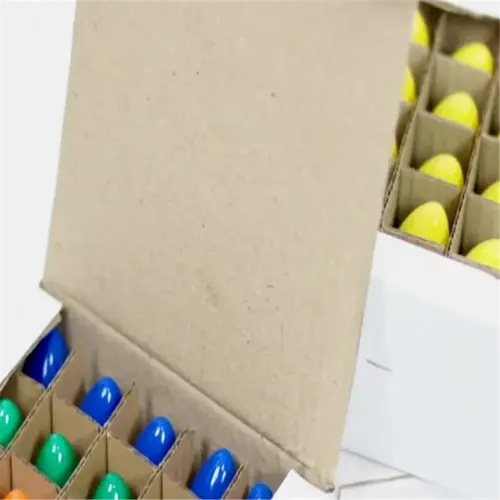Can soil tests prevent plant diseases?

Written by
Paul Reynolds
Reviewed by
Prof. Charles Hartman, Ph.D.Soil testing dramatically changed my approach to plant health management. A client had a tomato crop that suffered from severe blossom-end rot; while it was believed to be caused by inconsistent watering patterns, tests revealed that the soil was deficient in calcium despite ample water. The incorporation of gypsum based on the test results solved the unequivocal problems with blossom-end rot. Monitoring precise nutrient ratios can stop disease problems before they even occur.
Key Nutrient Balances
- Calcium: Prevents cell wall weakness
- pH 6.0-7.0: Inhibits fungal pathogens
- Zinc: Strengthens immune response
Common Preventable Diseases
- Tomato blossom-end rot
- Powdery mildew on squash
- Root rot in wet soils
Management of pH stops the outbreaks of fungi. My raspberry patch had an ongoing battle with powdery mildew until I had tests done revealing a pH of 7.4. Once I applied sulfur and lowered the pH to 6.1, it created an environment that was not favorable to the fungus. Balanced soils create conditions for good microbes to naturally outcompete disease pathogens more easily.
Don't speculate, test. With my client's ongoing issues with cucumber wilt: after some simple tests we identified that low potassium was affecting their plants ability to resist disease. Now, they run tests every year to help determine what compost blends to use. Healthy soil isn't luck, it's a strategy grounded in science. Start with a basic $25 test, you'd be surprised at how quickly it pays for itself in a reduced crop loss.
Read the full article: How to Test Soil: 7 Essential Steps for Healthy Gardens

